When can babies face forward in a carrier?
Using a baby carrier can be a lifesaver when it comes to getting things done with your little one in tow. With the right baby carrier in your baby gear arsenal, you can easily run errands without worrying about what your little one might touch or get into and help them enjoy a much-needed nap, even when you’re out and about.
However, when your little one gets past the infant stage, you may find yourself asking, “When can babies face forward in a carrier?”
If you’re thinking of making the transition to a forward carry position, read on to discover when it’s safe to make the change and how to best go about it for the safest position.
When can babies start forward facing in a carrier?

If your little one is starting to turn their head and push away from you when you wear them in your carrier, you’ve probably asked yourself, “When can babies be front facing in their carriers?”
In most cases, babies can begin facing outward in their carrier when they’re six months old. By six months of age, most babies are nearly double their birth size. Their hips and ligaments have strengthened, allowing them to comfortably enjoy facing out and reducing their risk of developing hip dysplasia.
All LÍLLÉbaby baby and infant carriers are certified Hip-Healthy Products by the InternationalHip Dysplasia Institute.
In addition to being 6 months of age, they should also have demonstrated from milestones in their muscle control and development.
What are the milestones babies have to meet before facing forward in a carrier?
To ensure that your little one can safely make the change from inward facing to facing outward in their carrier, there are a few milestones they should meet first.
Most importantly, your baby should be able to hold their head up independently before you transition them to a forward facing carrying position. Every baby is different, so you may wish to speak to your pediatrician before deciding to change your baby’s carrying position.
You should similarly ensure that your baby is ready to switch from an inward to an outward facing carrying position not just physically, but emotionally. If your baby gets easily excited by sights, sounds, or interactions with other people in general, they may not be ready to face outward in their carrier, even if they’re a toddler.
Fortunately, over time your little one will adapt to being comfortable in a forward facing carrying position—it just takes some time and practice on both your part and theirs.
How can you best transition young children from inward facing to forward facing in a carrier?
If you own a LÍLLÉbaby Complete 6-in-1 carrier, watch this quick and helpful tutorial video on how to adjust the carrier seat and settings for outward carrying.
As is true of almost any activity you engage in with your little one, practice makes perfect. While your baby may be initially resistant to changing carrier positions, carrying them in a forward facing position for a few minutes at a time can help get them acclimated.
You may want to try this at home before taking them out of the house. This is because it’s easy for little ones to get overstimulated when they first transition to a new carrying position.
Especially when they suddenly have so many new things to see and hear.
It’s also essential that your baby doesn’t fall asleep while being carried in a front-facing position, as this can be a safety hazard. If your little one falls asleep, switch them back to an in-facing position.
What outward facing carriers work best for babies?
The best outward facing carrier for your baby is the one that keeps you both comfortable, no matter where your adventures take you. However, the transition from inward facing to outward facing may be made easier by using the same carrier for both positions.
Fortunately, there are a number of soft, comfortable LÍLLÉbaby carriers that transition from inward facing to outward facing carrying positions, including the LÍLLÉbaby Complete 6-in-1, LÍLLÉbaby SeatMe All Seasons, and LÍLLÉbaby Pursuit. Better yet, these carriers can be used until your little one is a toddler, making it easy to safely explore the world around you with them in tow, even when they’re well past infancy.
When can children start using forward facing seats in a car?
If you’re considering putting your child or children in a forward facing carrier, you may also be wondering when you can safely switch them from a rear facing position to front facing convertible seats or a booster with a seat belt when riding in your car.
While some car seat manufacturers recommend that you transition your child from riding in a rear facing seat to a front facing one when they hit 50 pounds, each car seat manufacturer has its own specific height and weight limits, and they vary from model to model.
Since car seat safety is so crucial, it’s best to have a certified child passenger technician help you reposition your seat when it’s time to switch your child from a rear facing seat to a forward facing one. A child passenger safety technician can also ensure that the fit of your child’s car seat straps—as well as the seat’s position are in accordance with National Highway Traffic Safety Administration (NHTSA) recommendations for safety.
The American Academy of Pediatrics (AAP) recommends that children should rear face in the car for as long as they safely can, based on the height and weight limits of their specific car seat.
Ensuring your child’s safety when you’re out of the house is a big job—but it doesn’t have to be a difficult one. Consulting the recommendations of your pediatrician and those of the manufacturer of your carrier or car seat can help you do what’s best for your little one’s safety and comfort while letting them explore the world around them, aiding their development with every trip outside.
Additional Resources and Information:
- The Top 10 Benefits of Babywearing
- The Ticks of Babywearing
- 6 Essential Babywearing Tips
- Babywearing Tutorials
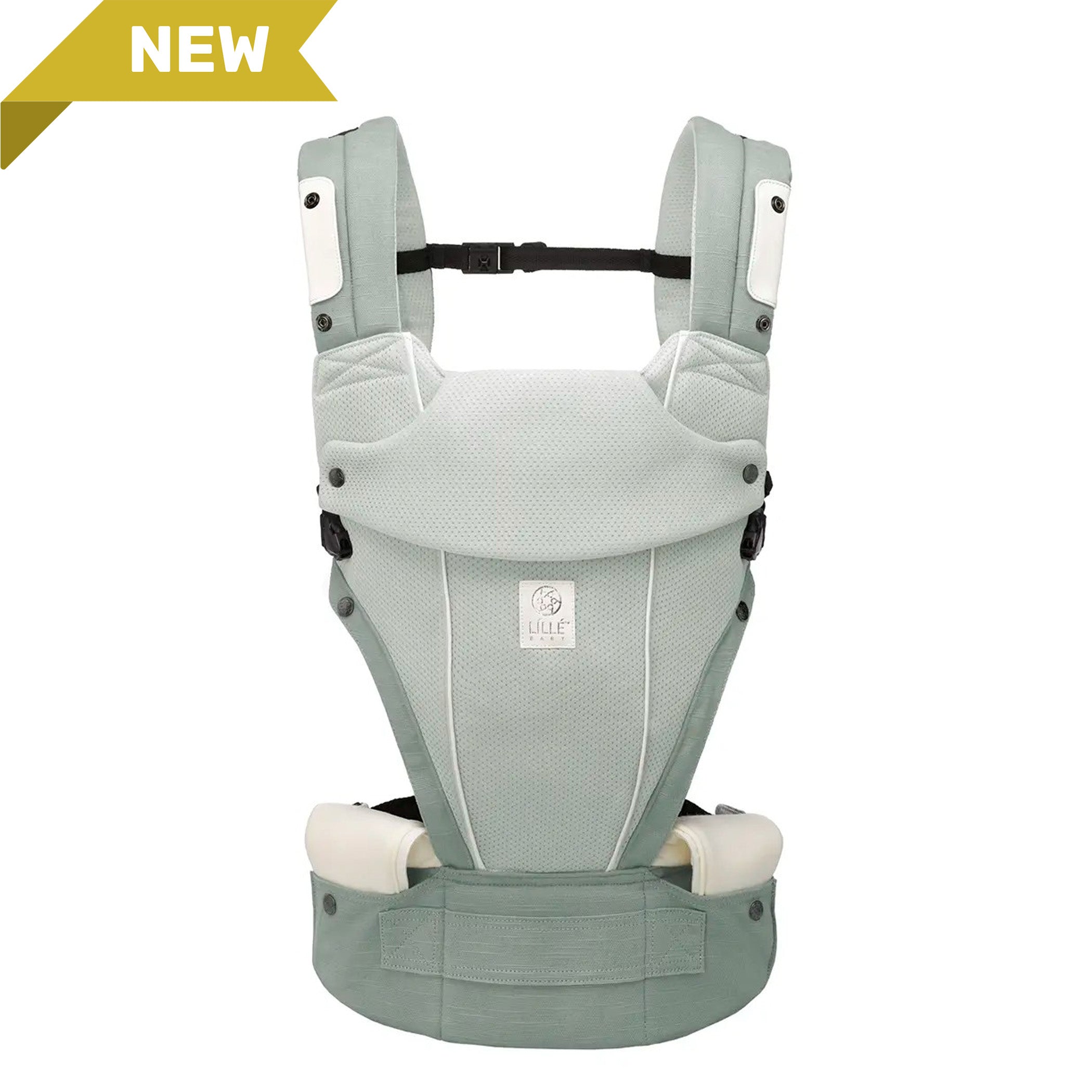
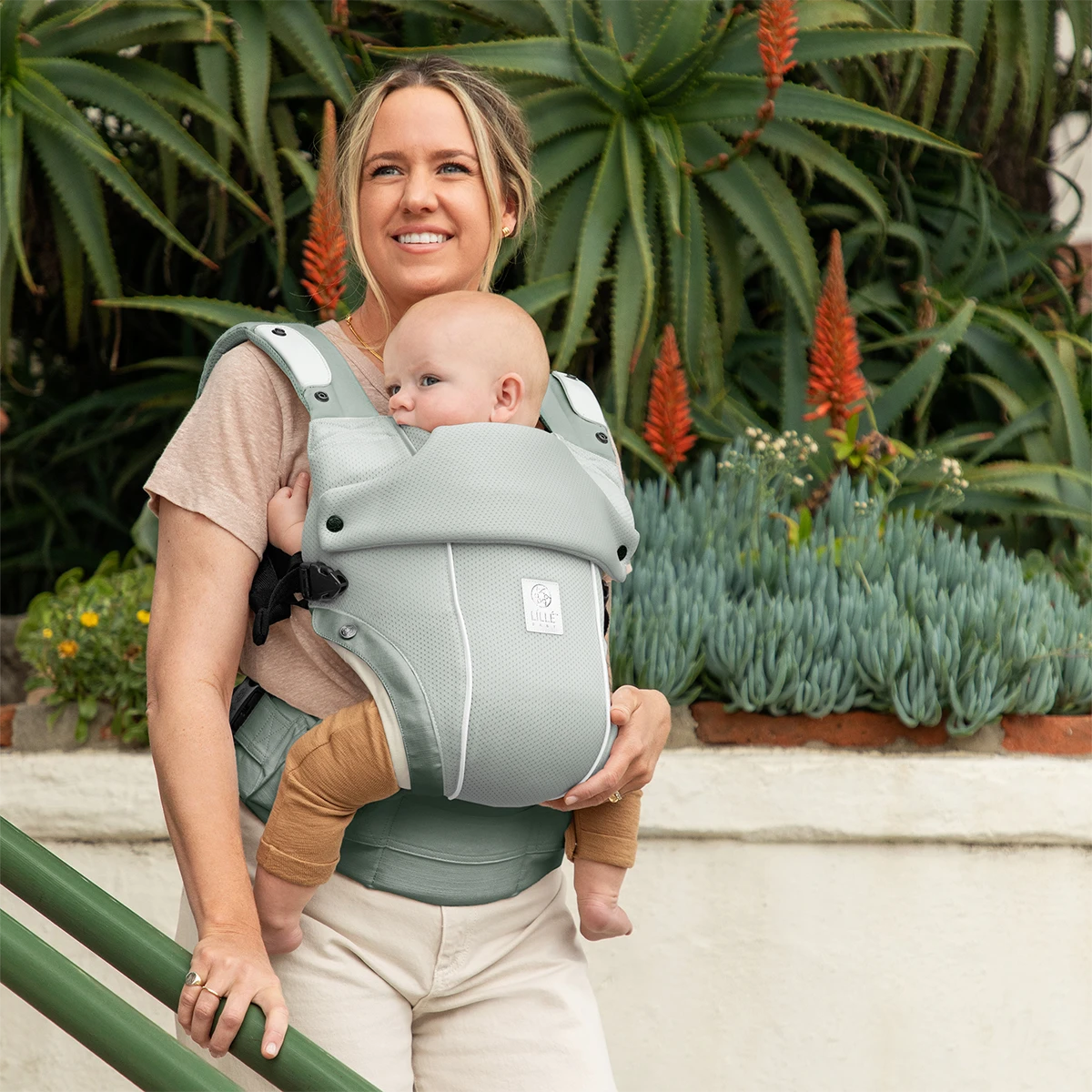
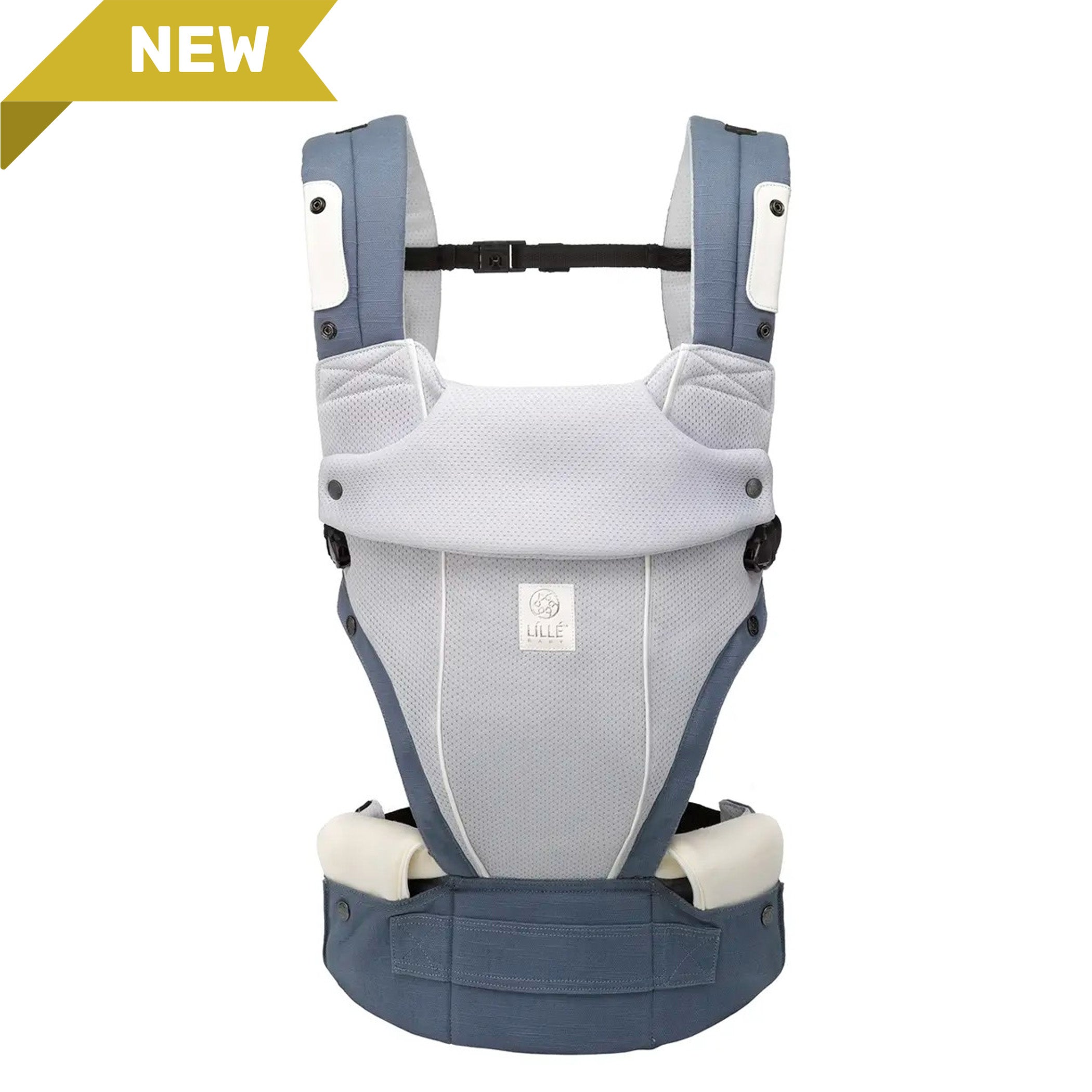
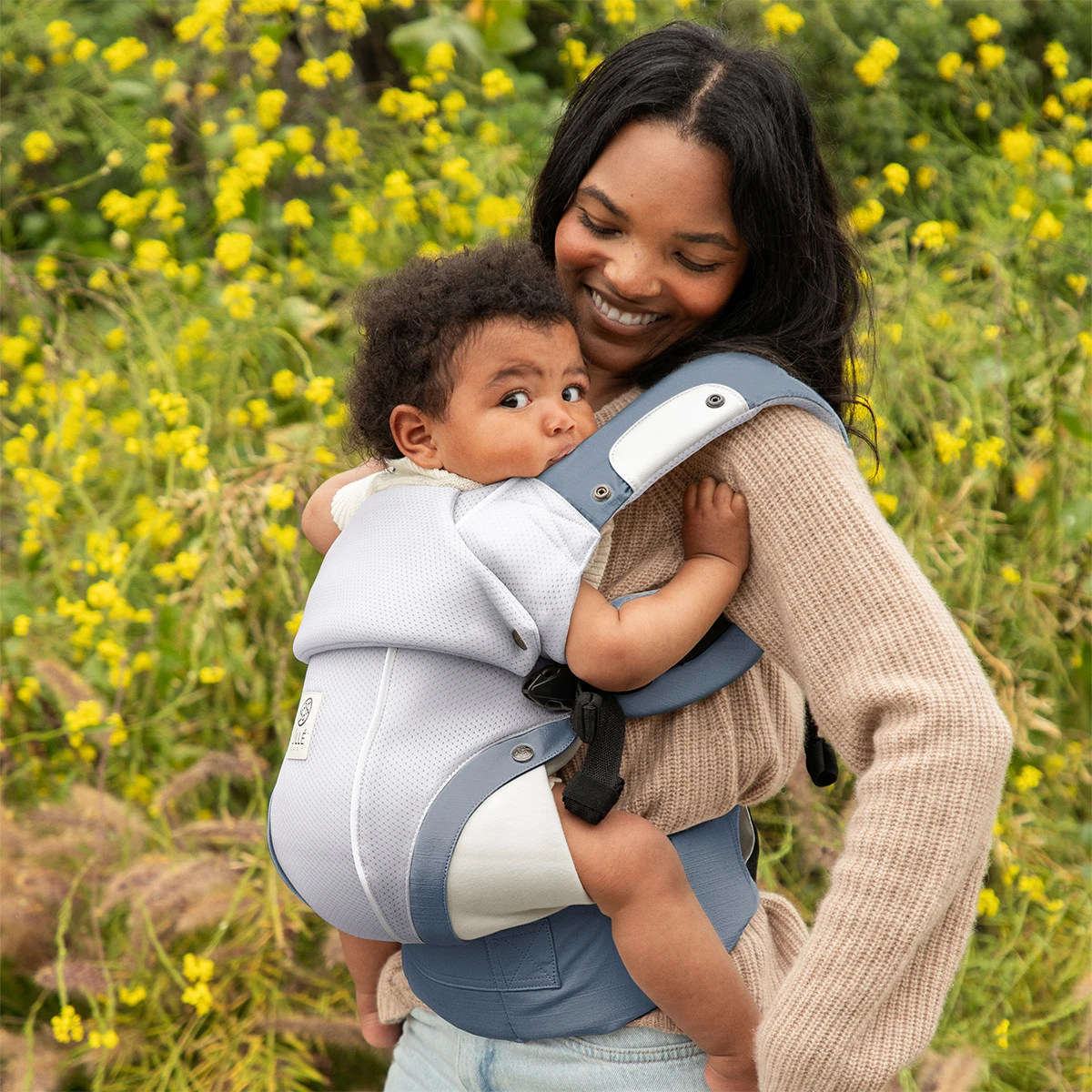
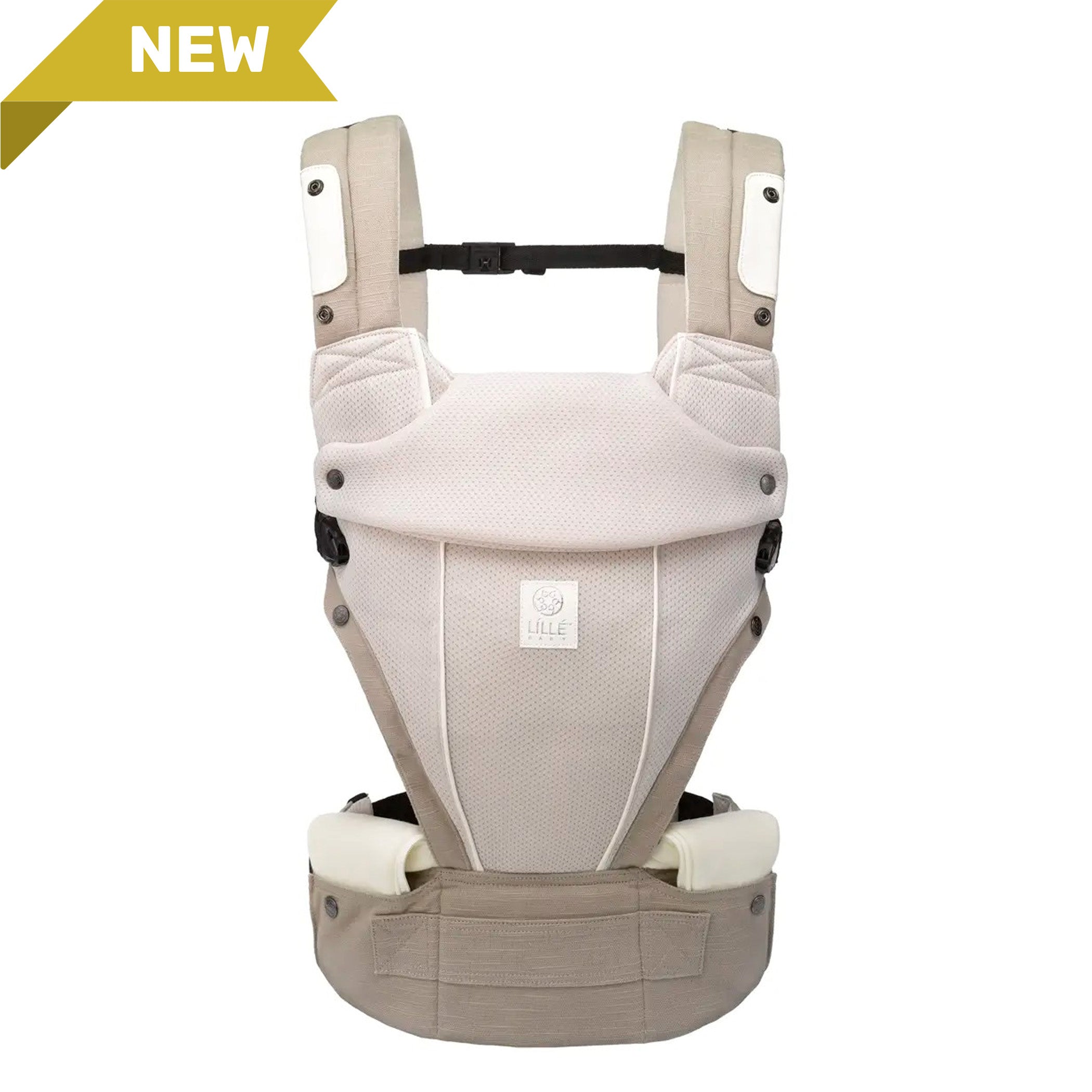
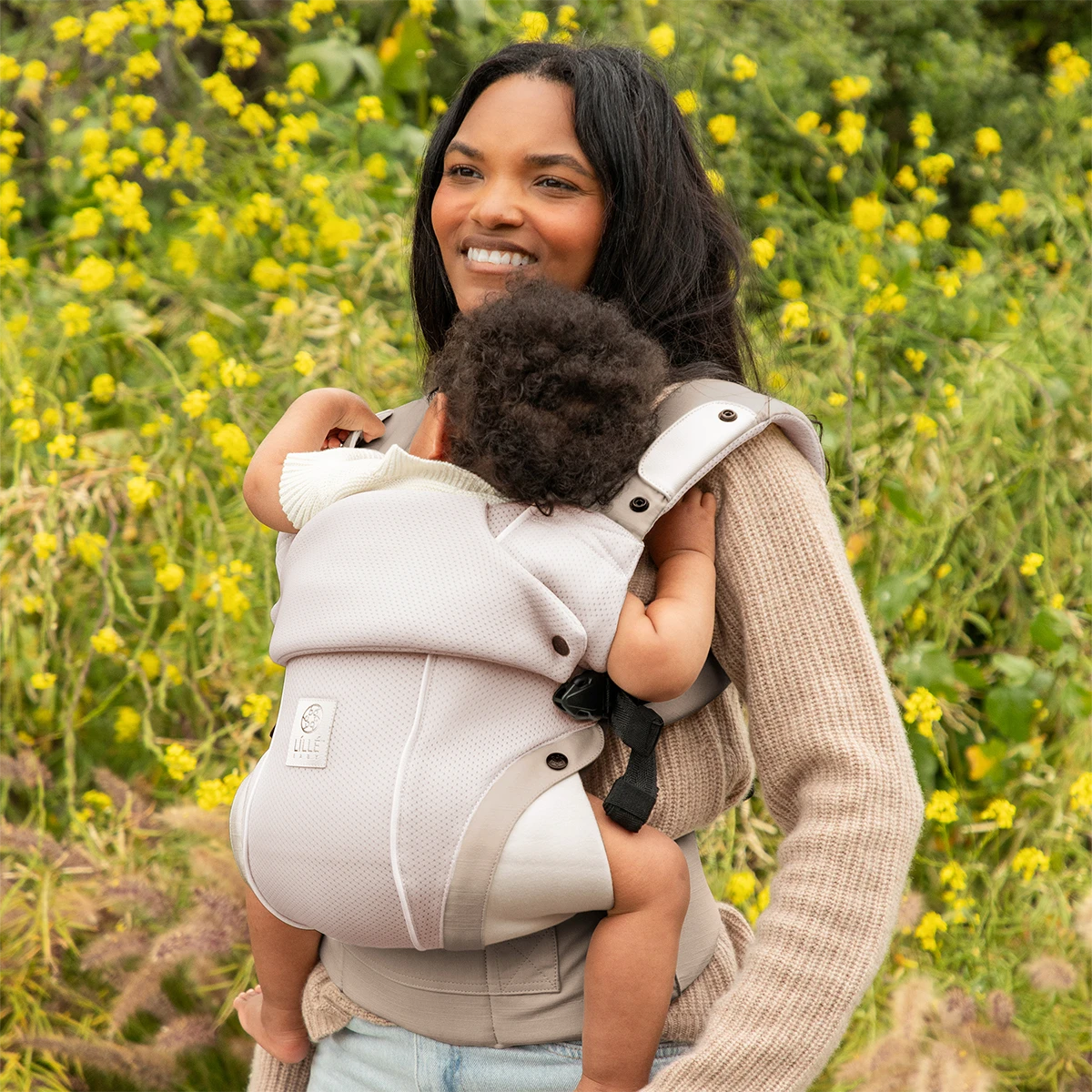
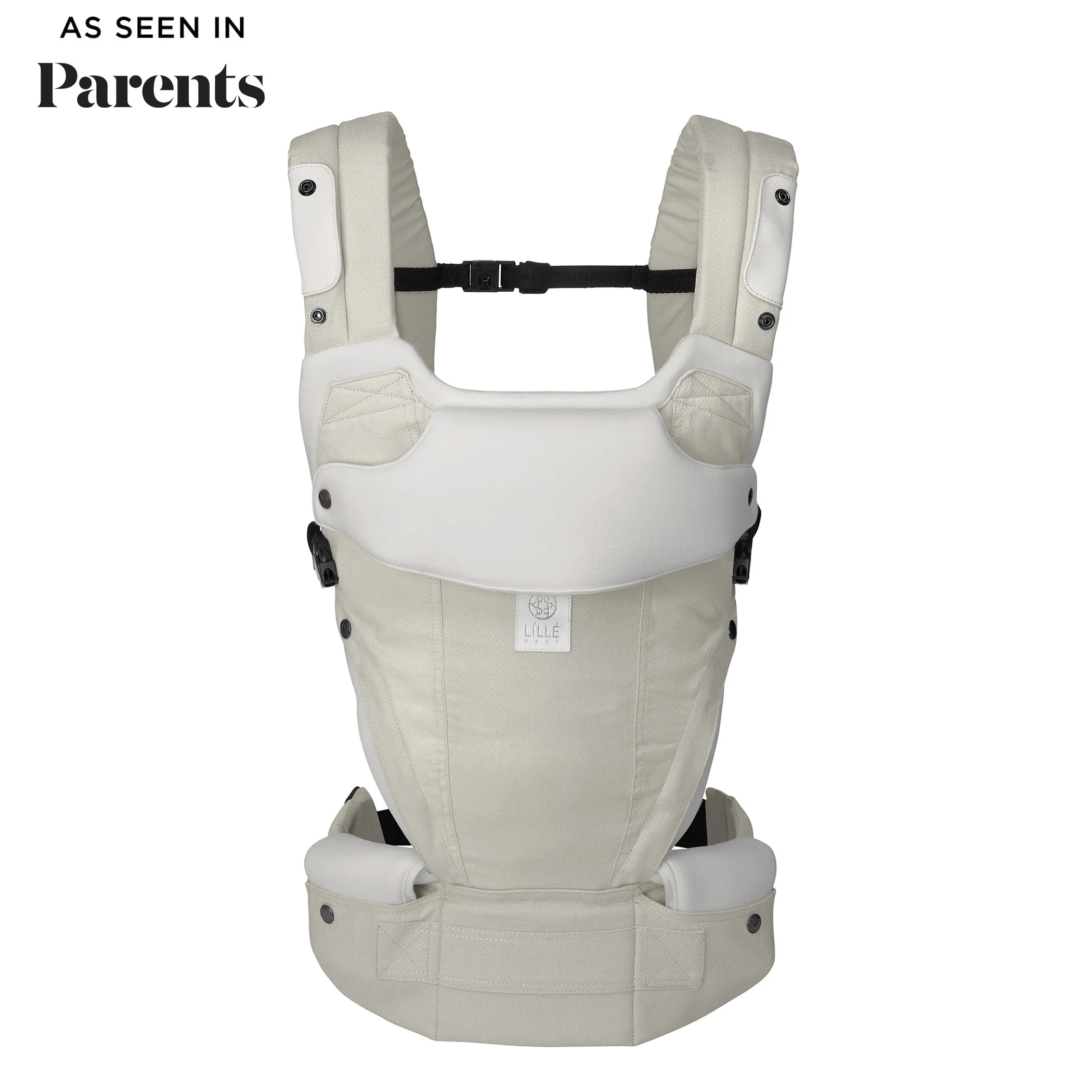
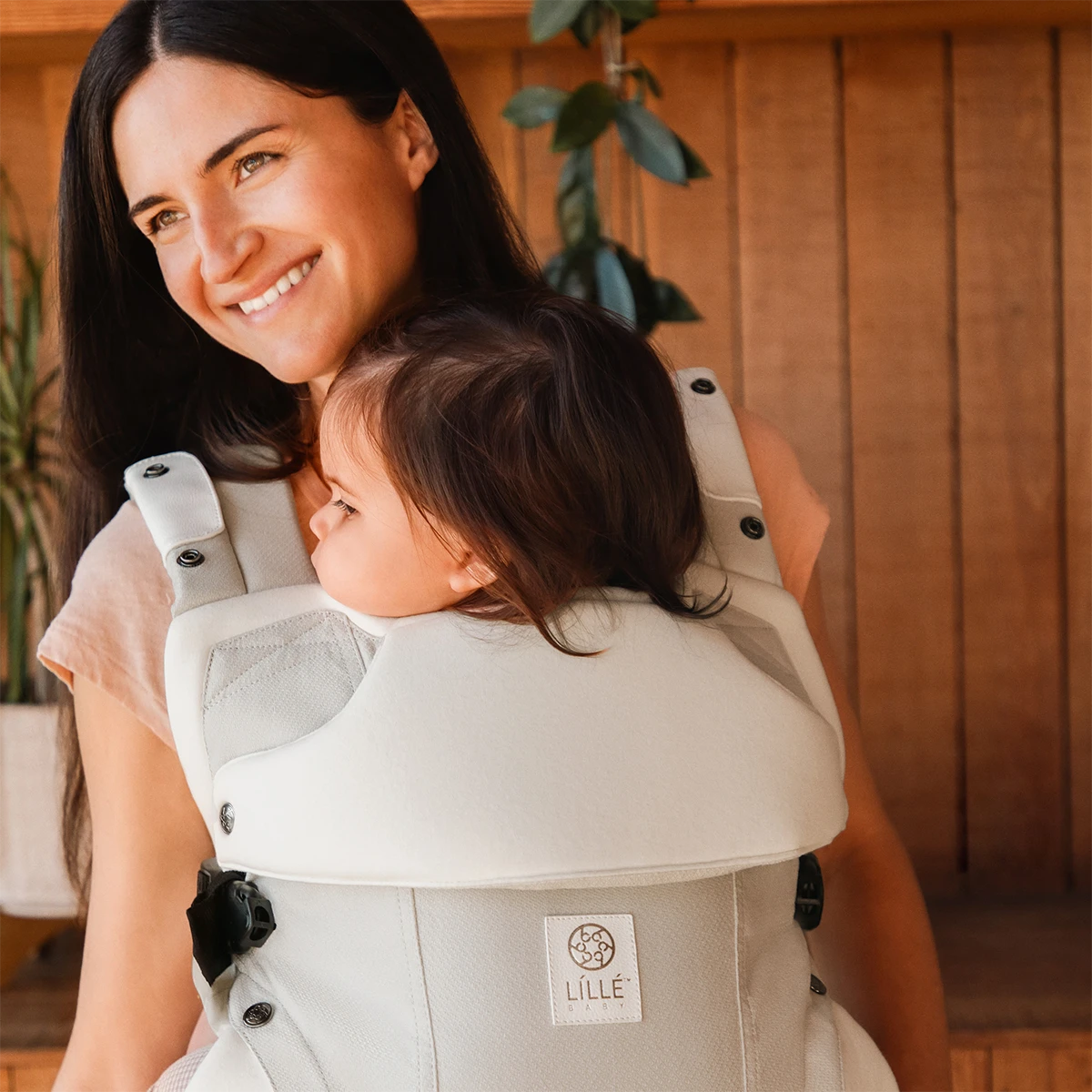
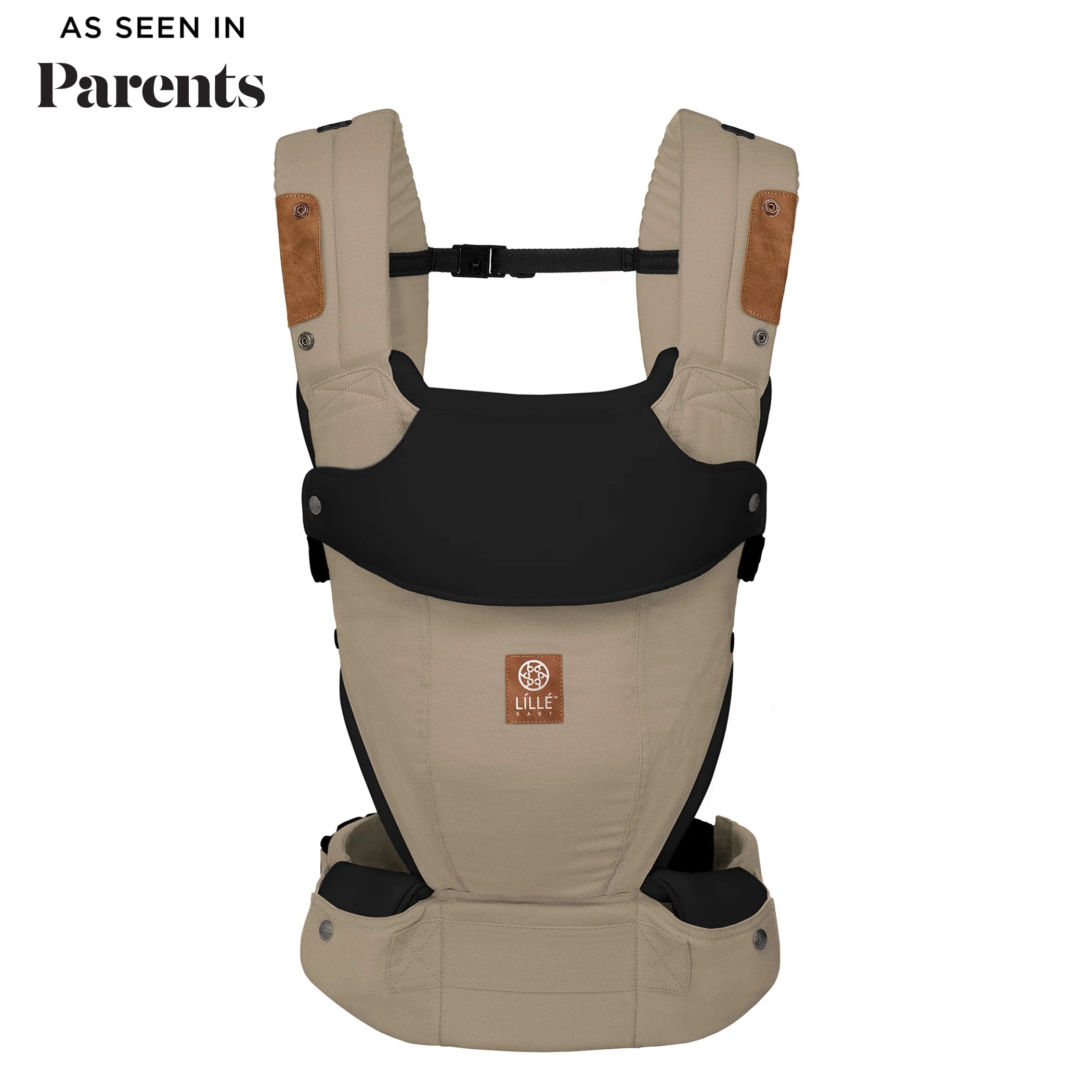
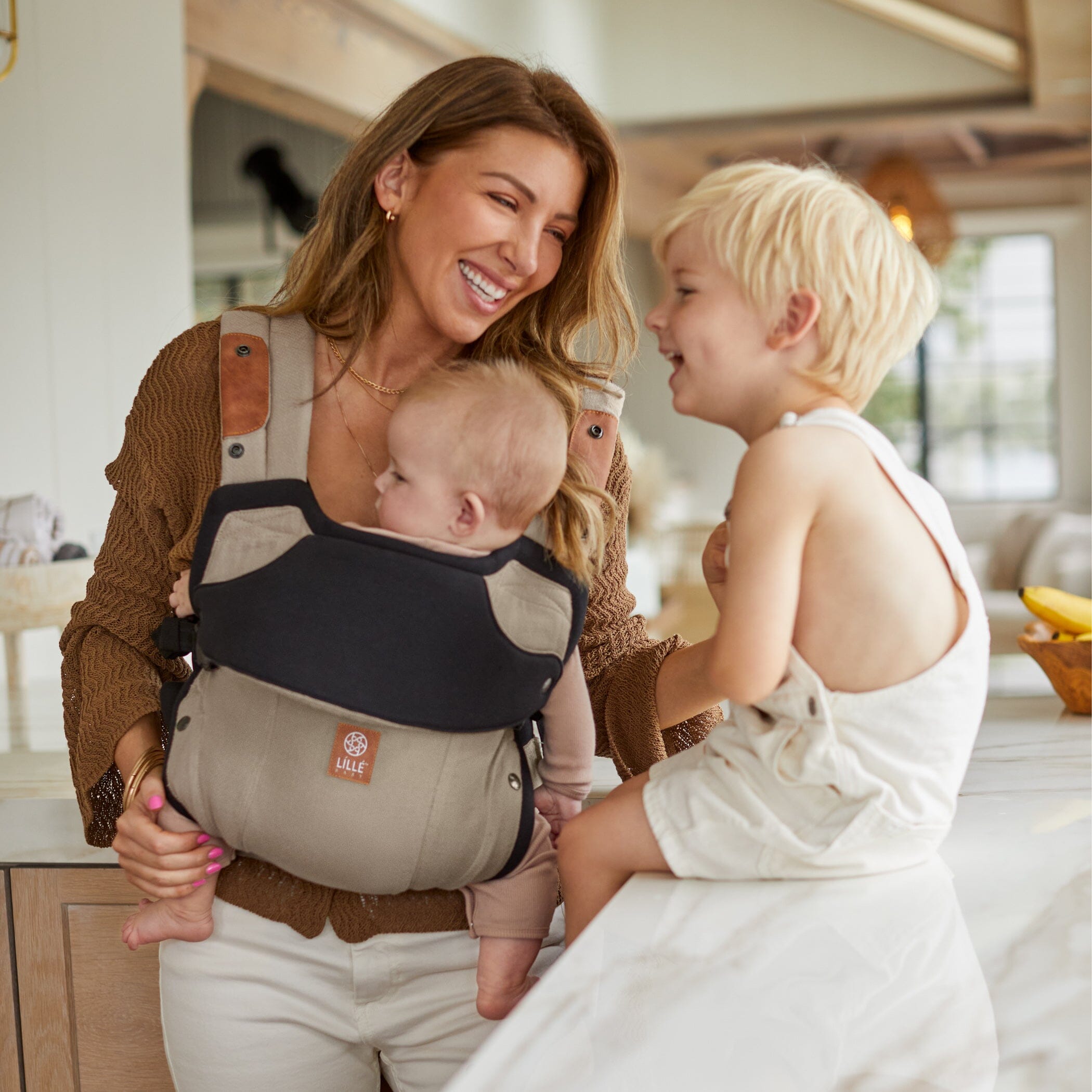






Leave a comment